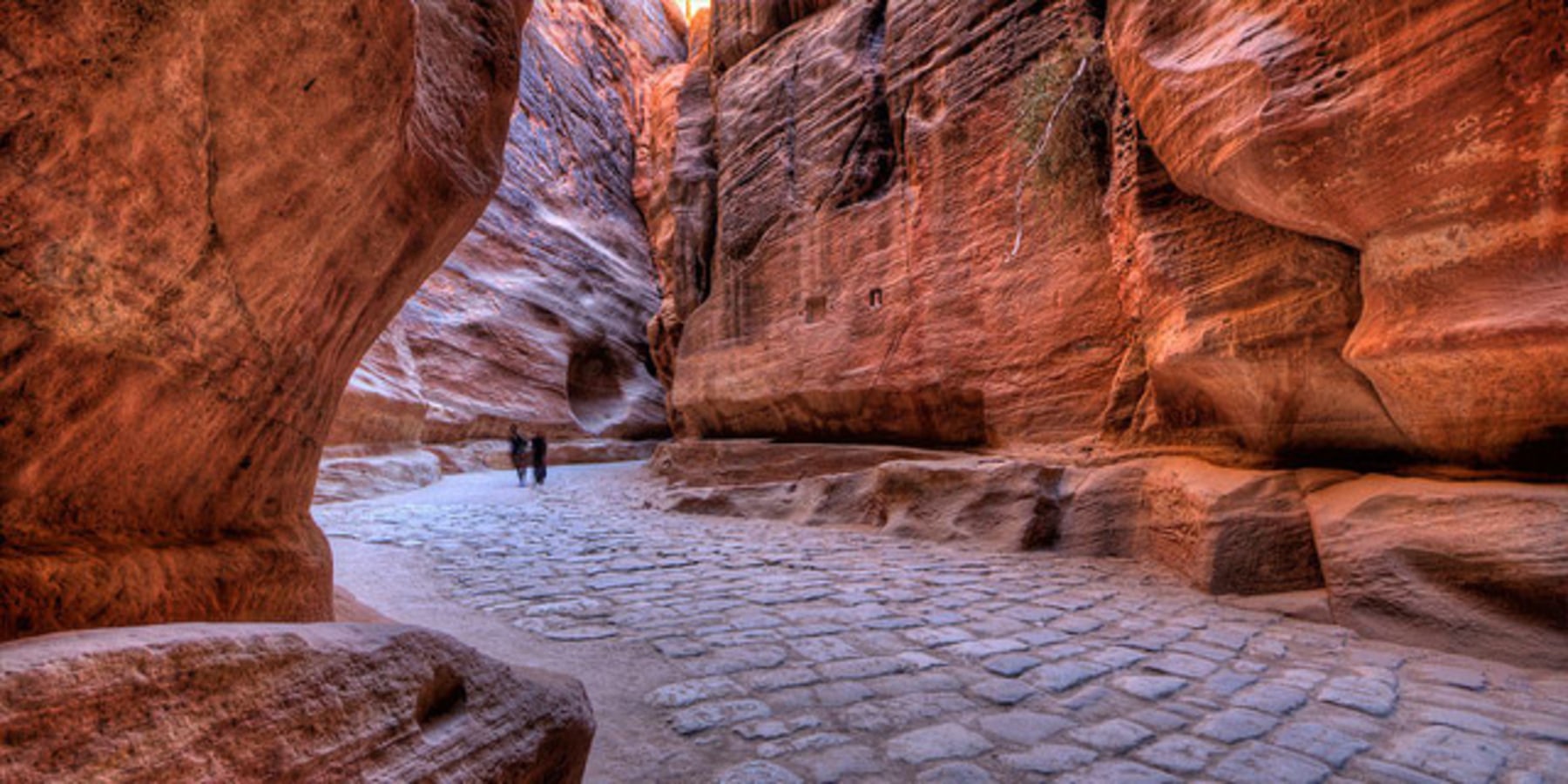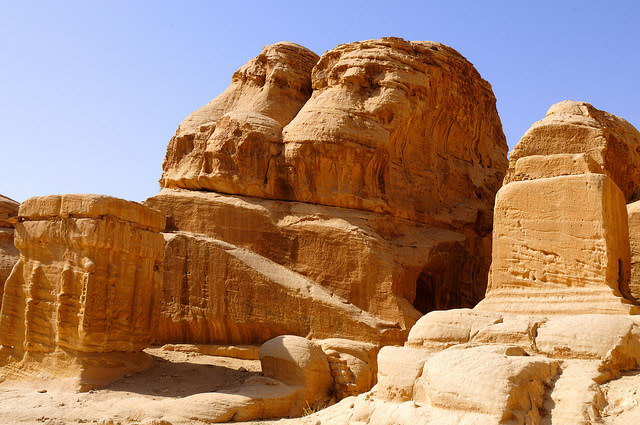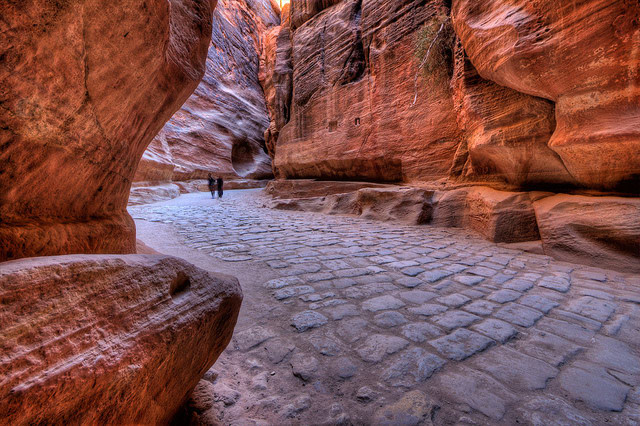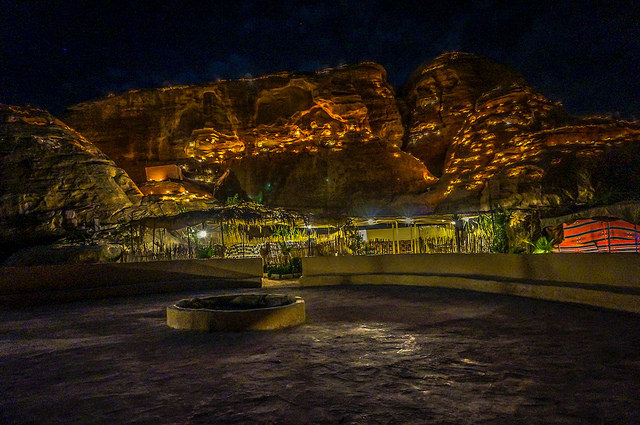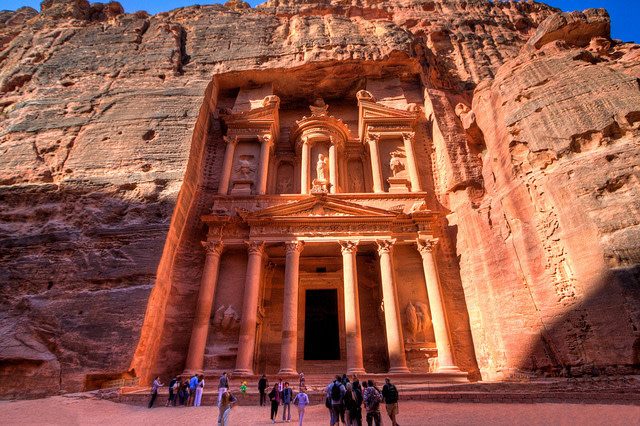| 4 mins read
Jordan’s ancient city of Petra is one of the world’s most famous archaeological sites. Crafted by the Nabataean people over 2000 years ago, this ancient “Rose City” is quite literally carved out of the region’s sandstone mountains. Not only an elaborate city with an incredibly sophisticated water system to boot, Petra was also a fortress and trade hub that regulated all commercial routes passing through the north and west regions. Constantly ranked by many as one of the world’s top “places to see before you die”, Petra truly is one of man’s most incredible feats. If you are planning to check this ancient metropolis off your bucket list, here are a few important things to know before visiting.
What to Do and See in Petra
Though there are a few iconic spots always associated with Petra, the archaeological site actually has over 20 main temples, buildings, streets and tombs to explore. The Treasury (Petra’s showpiece attraction), the Siq (the main road/tunnel leading into the city) and the Royal Tombs are some of the area’s most fascinating sites, though Petra’s Dam (which protected the city from flooding and amassed the seasonal rains), Theatre and Monastery are a few of its many other mesmerizing designs. In a site as large and complex as Petra, a guided tour is highly recommended to under the importance and nuances of all there is to see. Travelers should be aware, however, of scam artists offering “unofficial tours”; avoid overcharging and a potentially uncomfortable situation by organizing your Petra tour guide before you visit.
While it is oft said that this historical site can be seen within a single day trip, there are number of attractions and activities (outside the key visits) that add up to spending at least a couple days in the area. For one, hiking around Petra’s outlying mountains not only gives visitors some excellent views of the surrounding sandstone formations, but also expose some lesser-known archaeological sites that most tourists never lay eyes on. Also offered in the area are donkey, horse and camel rides in and around Petra’s complex (a special permit has to be procured). And then there are the Bedouin tribes, who have called the region home for hundreds of years. Some of them sell local handicrafts and souvenirs within the complex itself; go ahead and have a fascinating chat with these resilient locals!
Managing your Holiday to Petra
Since Petra is conveniently located in Southern Jordan, combine your trip with a number of the country’s other interesting sites. Amman, Aqaba, Madaba, Wadi Rum and the Dead Sea are all within reasonable driving distance of Petra, and taxis or mini buses can be arranged to ferry you in and out of Wadi Musa, the closest town to Petra. An entry ticket is required to get into Petra, though rates depend on the duration of your stay and where you’ll be spending the night. A two-day pass is recommended not only for its cheaper rates, but also to catch an enchantingly beautiful lit up Petra at night… an experience not to be missed! If planning on staying for more than one day, look out for accommodation options in Wadi Musa, only a ten-minute walk from Petra.
When to Visit Petra
As Petra’s climate is generally hot and dry, summers can be an uncomfortable time for many tourists to visit as temperatures can soar up to 40°C! Spring and autumn from March to May, and September to November are the most comfortable seasons weather wise to book your tours. Plan your visit for the early to mid morning hours when the sun’s angled rays enhance the pink hued colours of the natural rocks making up this ancient city.
Image Details and Licenses: https://flic.kr/p/7ZjjSB (llee_wu, CC BY-ND 2.0),https://flic.kr/p/8QGcCf (Clark & Kim Kays, CC BY-NC-ND 2.0), https://flic.kr/p/nxxbg9 (Mark Scharen, CC BY-NC-SA 2.0), https://flic.kr/p/dCZu3n (Fabio, CC BY-NC-SA 2.0), https://flic.kr/p/8QD4C6 (Clark & Kim Kays, CC BY-NC-ND 2.0)

